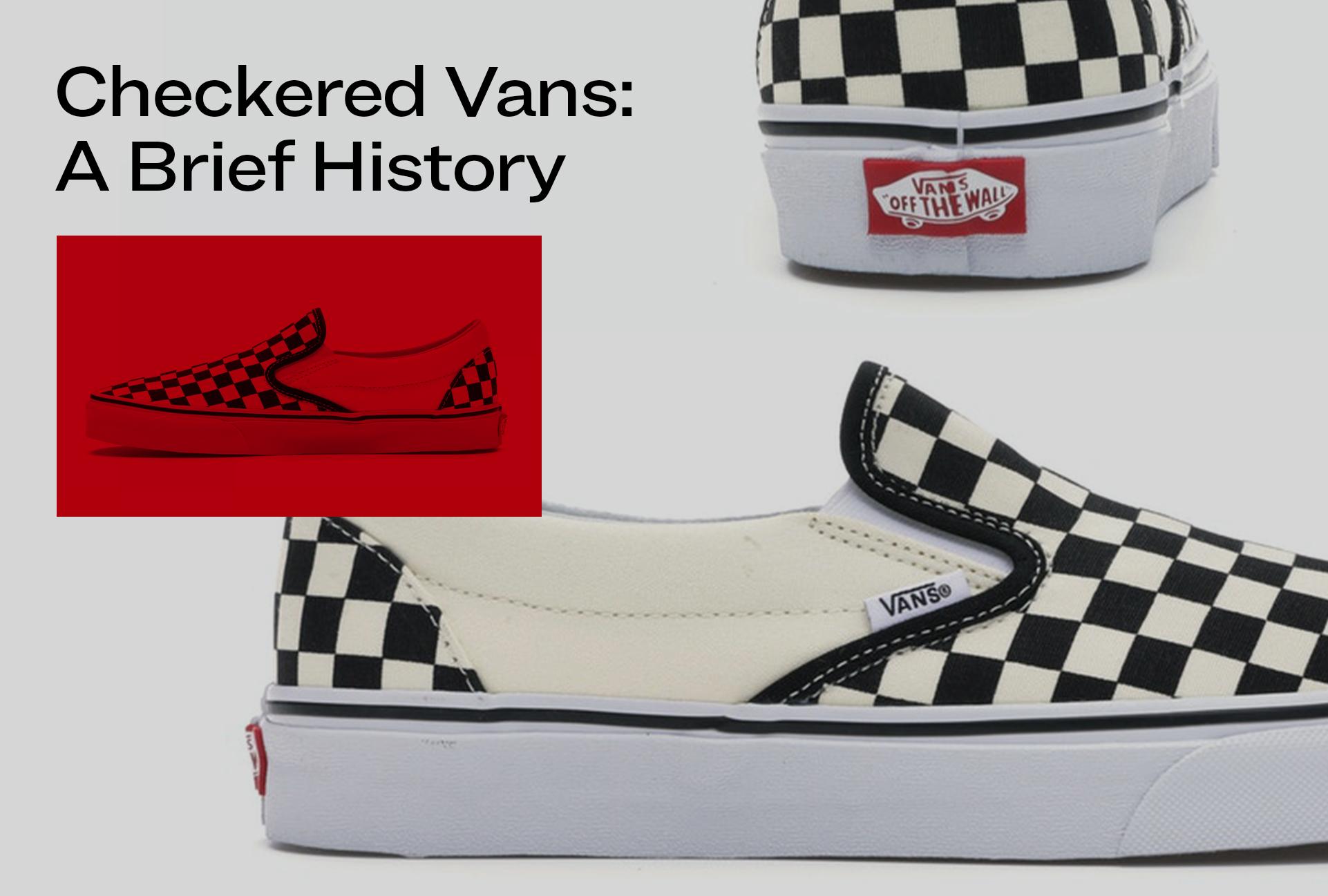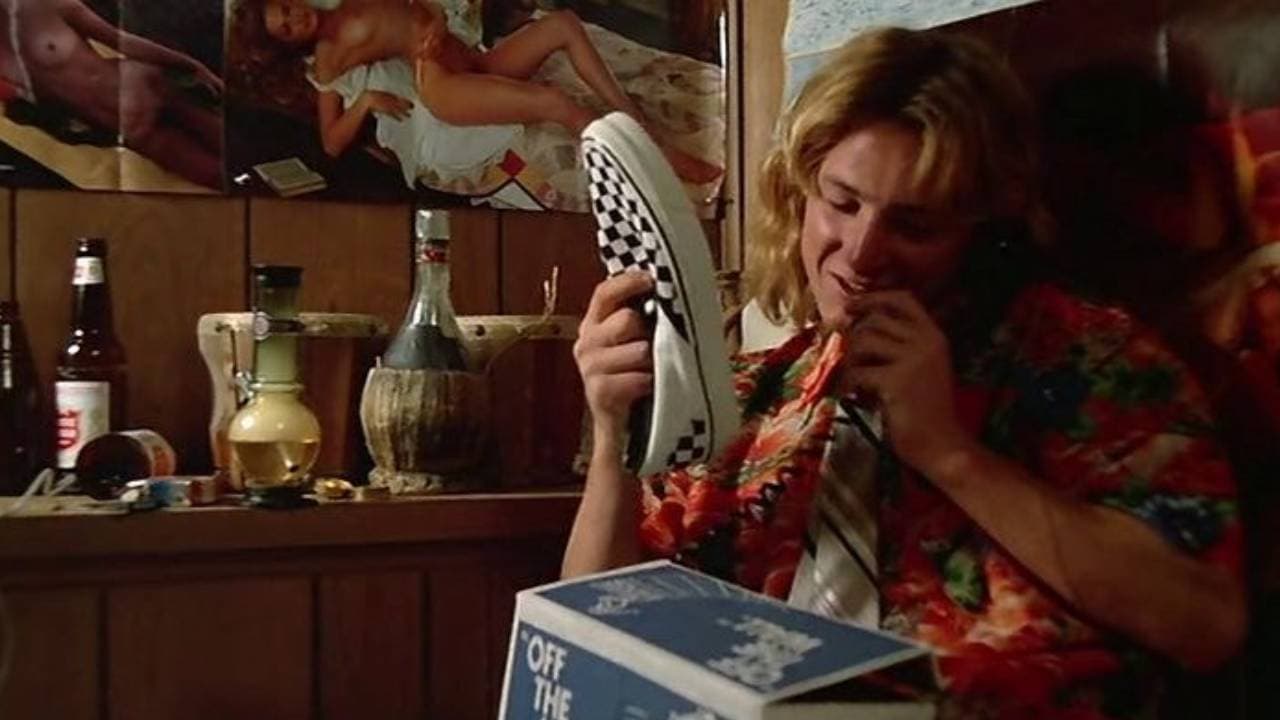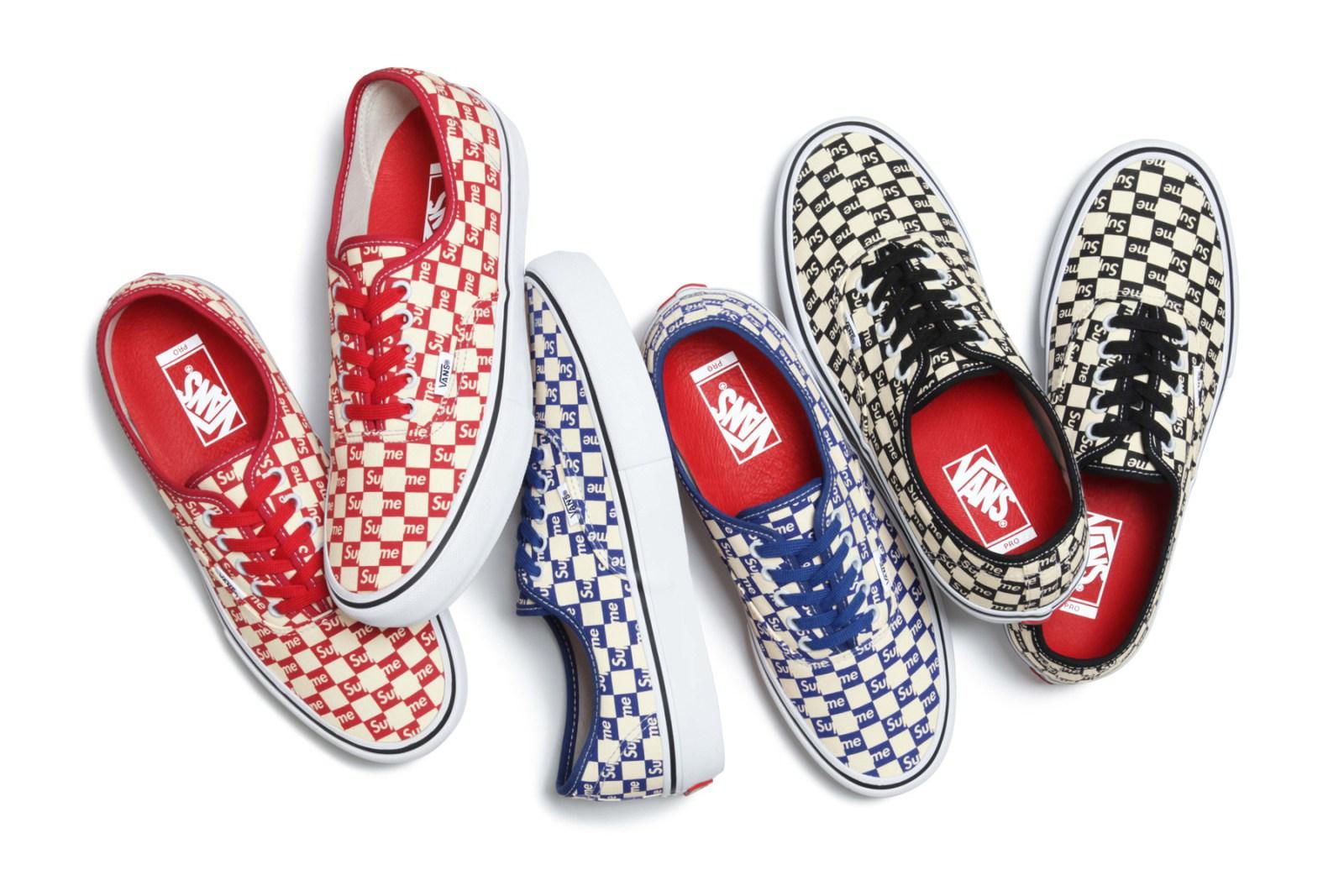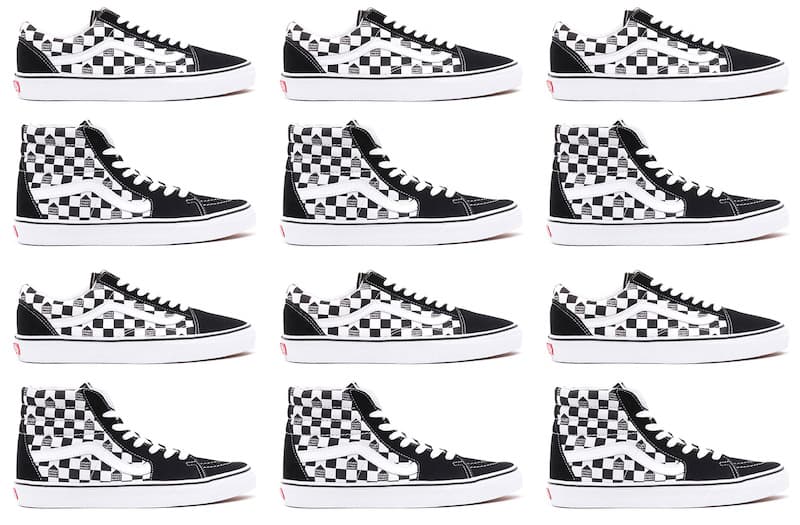Vans have always been used as a canvas for individuals to express themselves. Stories are constantly shared through Vans and translated through colors, materials, and wear. Paul and Jim Van Doren, the brothers who founded Vans, were philosophically committed to narrowing the gap between the design process of sneakers and the customers who wear them. Their journey began in 1966 when they opened their first factory and retail store in Anaheim, CA. In the decades since, Vans has since grown to become a global phenomenon for skaters and casual wearers alike.
Among the hundreds of colors and materials Vans uses in their shoes, the signature checkered Vans pattern makes any silhouette unmistakable. It speaks louder than any logo or branding ever could. With a pattern as ingrained in the culture as the Vans name itself, it’s important to know where the world-renowned checkerboard pattern originated. Let’s take a look back at the roots of this iconic pattern and how it has impacted the brand today.
Here is the history of checkered Vans.
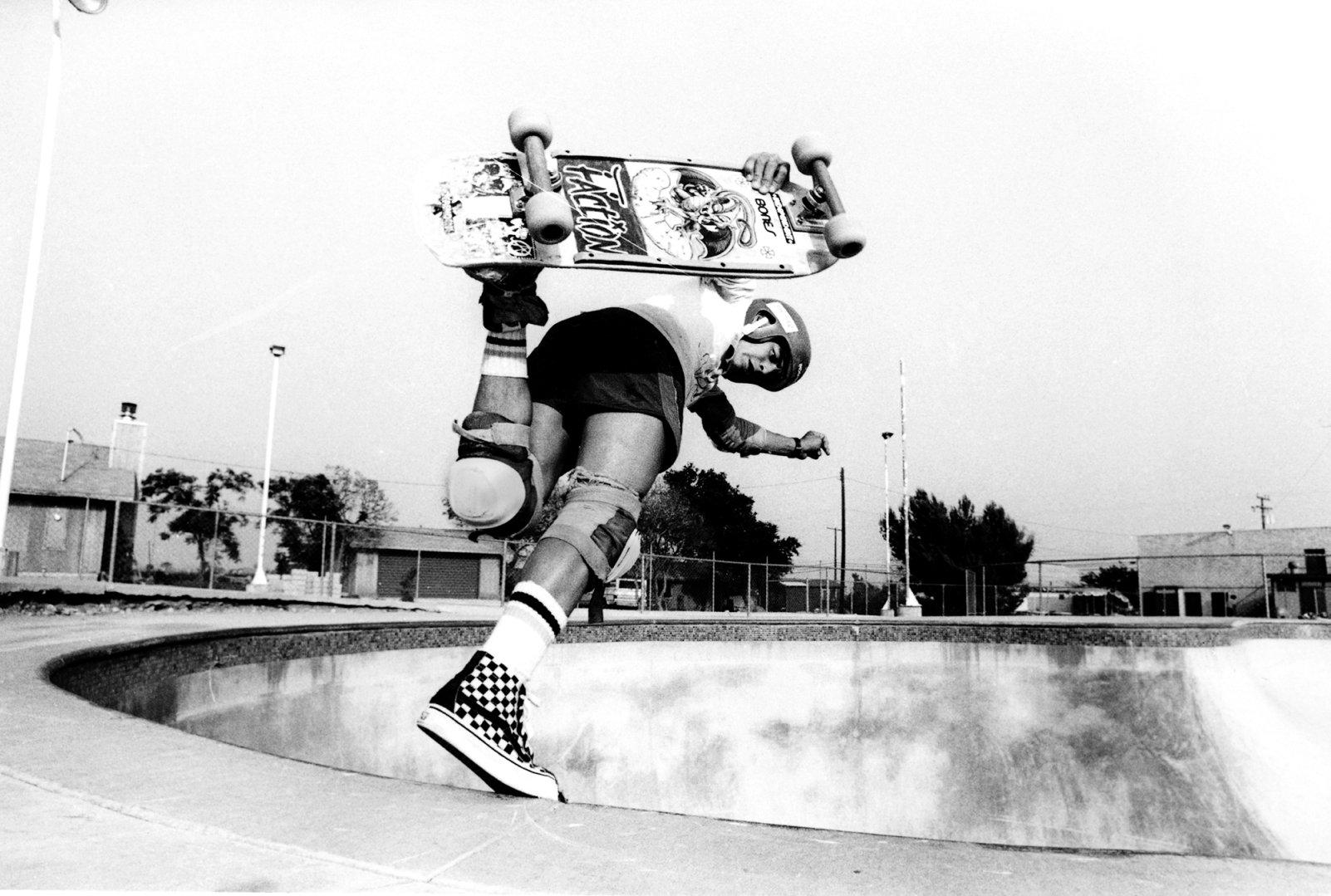
Steve Caballero / Image by Vans
In the late ‘70s, Paul Van Doren’s son Steve started to notice local teen skaters customizing their Vans with black permanent markers. Unlike Tony Alva (the first skater sponsored by Vans), most skaters didn’t have the opportunity to customize their Vans with select fabrics. They took matters into their own hands and decorated blank canvas Vans with their own designs. One of the most popular DIY designs happened to be a checkered board pattern that would cover the midsole and upper. Inspired, Steve began to print this checkered pattern onto canvas and use it as the upper material on numerous Vans silhouettes. The slip-on might be the most well-known of the checkerboard Vans, but contrary to popular belief, the checkered pattern and the Vans Slip-On model (then known as the #48 Deck Shoe) existed separately for years before coming together.
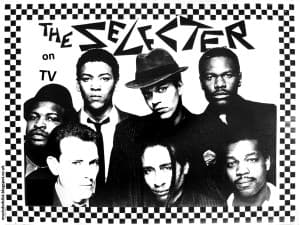
Ska band The Selecter / Image by Toppermost UK
Although the checkered pattern was seen solely as a DIY trend in the eyes of Steve Van Doren, the pattern represented something much more powerful in London. In the late-1970s, subcultures in London who embraced the second wave of Ska music would often wear checkered patterns or include it in their show flyers and album covers. Ska is a musical genre that originated in Jamaica in the late 1950s and was the predecessor of rocksteady and reggae. This second wave borrowed the raw rhythms and speed of Punk and combined them with those Caribbean melodies, creating a new and distinct sonic form.
London’s second wave of Ska served as a politically-charged movement that spoke for breaking down racial barriers. Known as the “Two-Tone Wave”, the 1970s Ska movement used checkered patterns to embody the genre’s synthesis of “white” and “black” sounds. Checkered Vans became the unofficial footwear choice for those who were a part of the movement calling for cultural unity.
Despite becoming a popular shoe among late-1970s subcultures in California and the UK, it wasn’t until 1982 that the checkered Vans slip-on became a cultural phenomenon. In 1982, Fast Times at Ridgemont High hit movie theatres across the US, and Sean Penn’s charming stoner character, Spiccoli, cemented the checkerboard slip-on as an iconic American fashion staple.
The story goes that Universal Studios asked Vans to send over different shoe options for the film’s costume selections. Vans did not intentionally promote the checkerboard Vans slip-on in their package, they merely included it with selections of their most popular model (the #44 Deck Shoe). Sean Penn himself chose the checkered Vans slip-on for his character and displayed the shoe prominently in the movie’s trailer. Everybody wanted to get their hands on a pair as soon as audiences saw the preview, and the demand has continued on for decades with no signs of slowing down.
The Vans checkered pattern is synonymous with the brand’s history and influence on footwear design. Many collaborators have used their collaboration opportunities to utilize the checkered pattern and pay homage to Vans’ DNA. Supreme, a long-time Vans collaborator, has deployed the checkered pattern in six separate collaborations – the first debuting in 2009. The most popular Supreme checkered vans released in the Fall of 2016 when Supreme integrated their logo with Vans’ signature checkered pattern. This release included three silhouettes – the Authentic, Sk8-Hi, and Old Skool.
Other brands like Dover Street Market and Vivienne Westwood have also used the checkered pattern in their own Vans collaborations. The DSM Checkered Vans Era and Sk8-Hi models have such high demand that Dover Street Market has released and sold out of these shoes multiple times. London-based designer Vivienne Westwood added the checkered pattern to her most recent Vans collection as a nod to her rise to stardom in the 70s London Punk movement, a separate music movement that coincided with the Ska movement.
The checkerboard Vans design changed the course of Vans’ history. It is as identifiable as the Louis Vuitton monogram print and will exist in sneakers as long as there is a canvas to print it on. As new designers and creatives enter Vans’ creative space, we can expect new perspectives on the checkerboard design for years to come.
